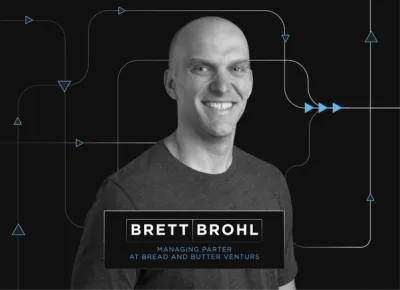
Are you tracking revenue per lead?
Sales can fix a lot of problems. As company growing pains continue as a business scales, it’s easier to focus on marketing initiatives or nip product bugs in the bud if your Monthly Recurring Revenue (MRR) regularly surpasses its goal. Drilling down to the core metrics that drive sales performance is one of the best ways to expose how well a startup scales after reaching initial traction.
As we’ve discussed before, Lead Velocity Rate (LVR) is the favorite metric many VCs want to see to evaluate a company’s sales. Jason Lemkin unabashedly loves LVR, calling it the #1 metric to determine the trajectory of SaaS company’s sales. But Lemkin is also an advocate of measuring Revenue Per Lead (RPL), noting it as the second crucial sales stat to track.
How do you measure RPL? The equation is simple division:
Revenue Generated/Number of Leads = RPL
On the other hand, the benefits of RPL can be widespread for your sales force. Take individual sales rep performance. Once you’ve established your company’s current RPL and track its growth, you’ve created an evolving benchmark that can help measure the effectiveness of everyone on the team. RPL will showcase which reps are able to convert leads into customers at the highest rate. It can also determine how many leads one rep can handle before the workload becomes counterproductive and RPL starts to slump.
More than Monthly Recurring Revenue (MRR), RPL can reveal whether or not your funnel is actually filled with Sales-Qualified Leads (SQL). It will also outline how well your team is converting SQLs and able to achieve additional revenue on each sale as the business scales. As Lemkin told InsightSquared:
“Leads are precious for a long time in startups, and if you can get 20 percent more out of each lead, that’s magic. But if you don’t measure it down to the individual rep level and you just look at MRR, you’re missing an opportunity to improve things.”
So for founders and investors, noting RPL in regular updates provides an easy top-line metric to communicate a startup’s health. It also a powerful indicator within a company of whether or not the business is steady as it scales.
Related resource: Lead Velocity Rate: A Key Metric in the Startup Landscape




